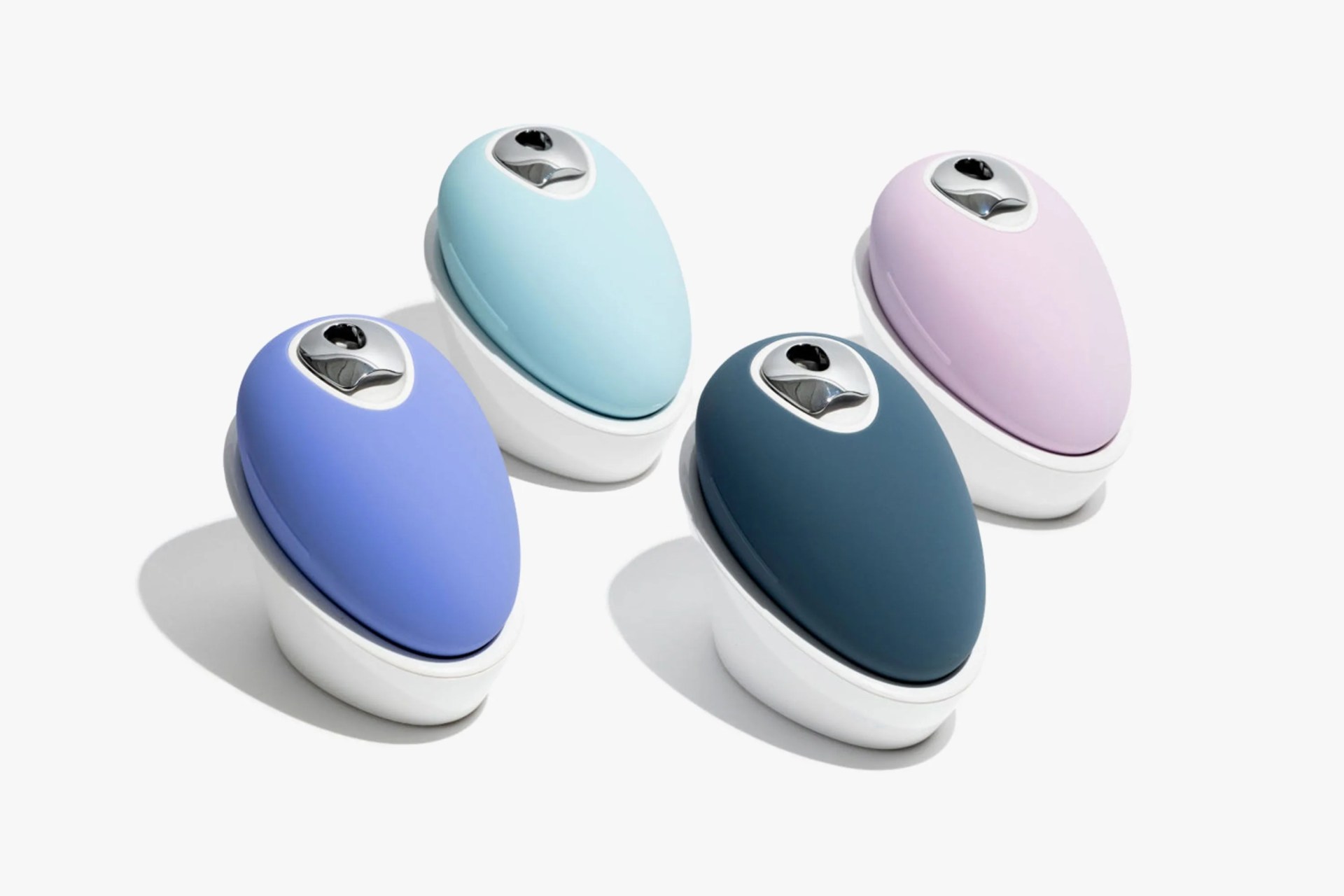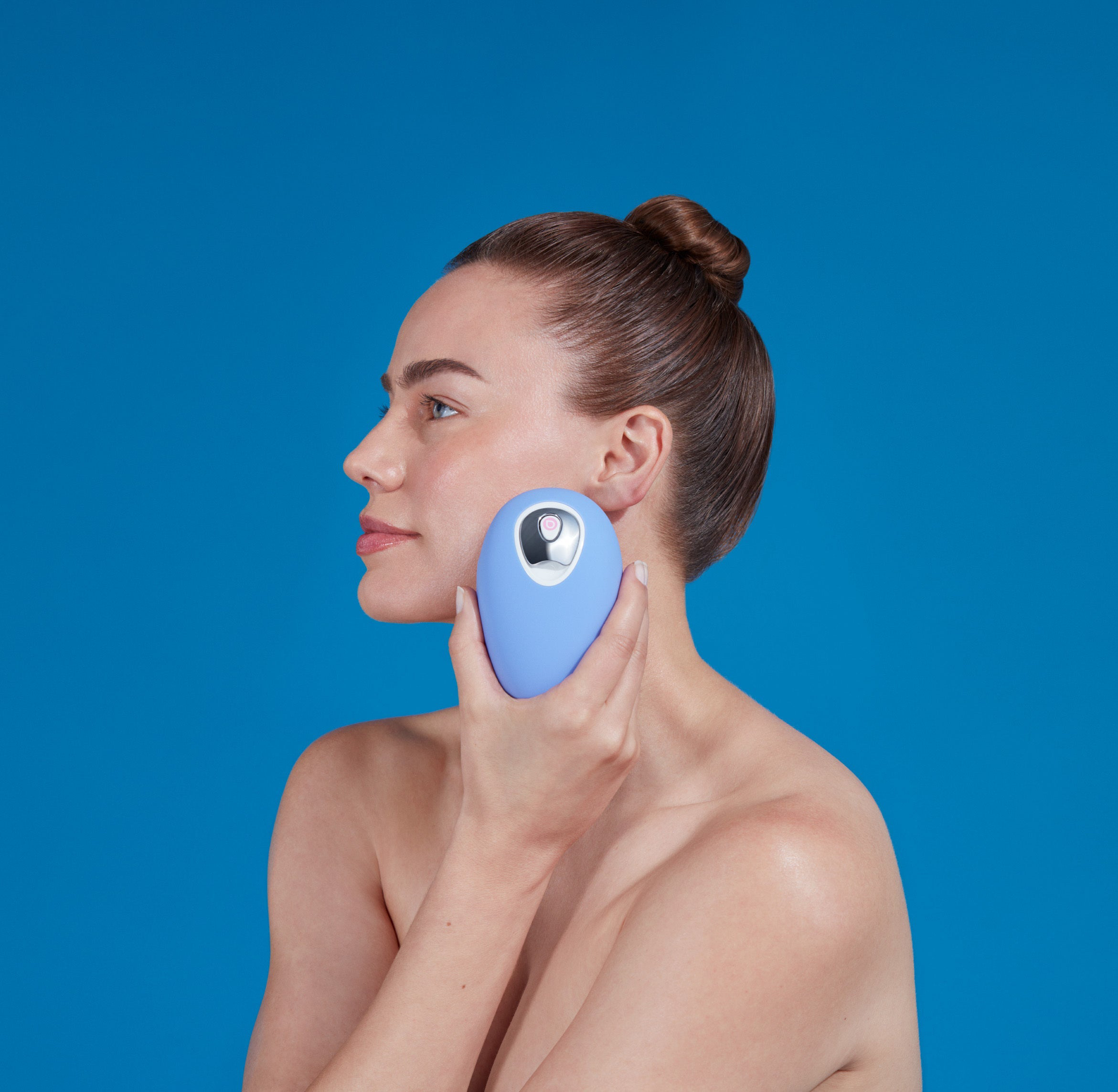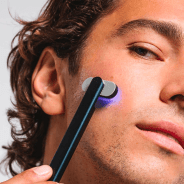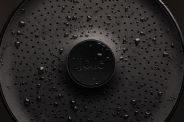It’s true that your skin is your body’s best line of defense — against everything, too. If your skin didn’t work, you’d fill with water when you showered; sunscreen would reach your innards when you sprayed it on; and your skincare products would penetrate your pores.
Wait a second…shouldn’t skincare products be penetrating your pores? That’s how they work, right? Well, no. Our pores are the skin’s outgoing channels. While it’s true that they get clogged — ahem, acne, anyone? — skincare products don’t just pool in your pores.
So, nothing really sinks into our skin?
Skincare products are designed to moisturize and protect the skin barrier. Once these formulas are applied, they trap what’s already on the skin and the skin begins its own natural processes of self-replenishment (moisturizing), self-regrowth (by restoring the acid mantle, a thin acid layer on the skin’s surface) and self-rebirth (the shedding of dead skin cells).
It’s true that most of the topical creams and serums we apply eventually get wiped off, swept away by sweat or evaporate. A truly limited amount of what we actually apply stays put, but that’s partially intentional — and because science doesn’t allow for it.
 Droplette
DropletteIf a brand implies its skincare product can penetrate your skin’s surface, it raises red flags — and the FDA notices. If a product can penetrate the skin’s surface, it’s molecularly light enough to do so, plus water- and oil-soluble. That means there’s potential for it to enter both your body’s circulatory and lymphatic systems — aka your bloodstream. But if a product reaches your bloodstream, the FDA quickly classifies it as a drug. Uh-oh.






